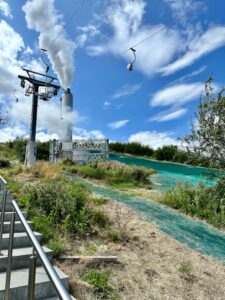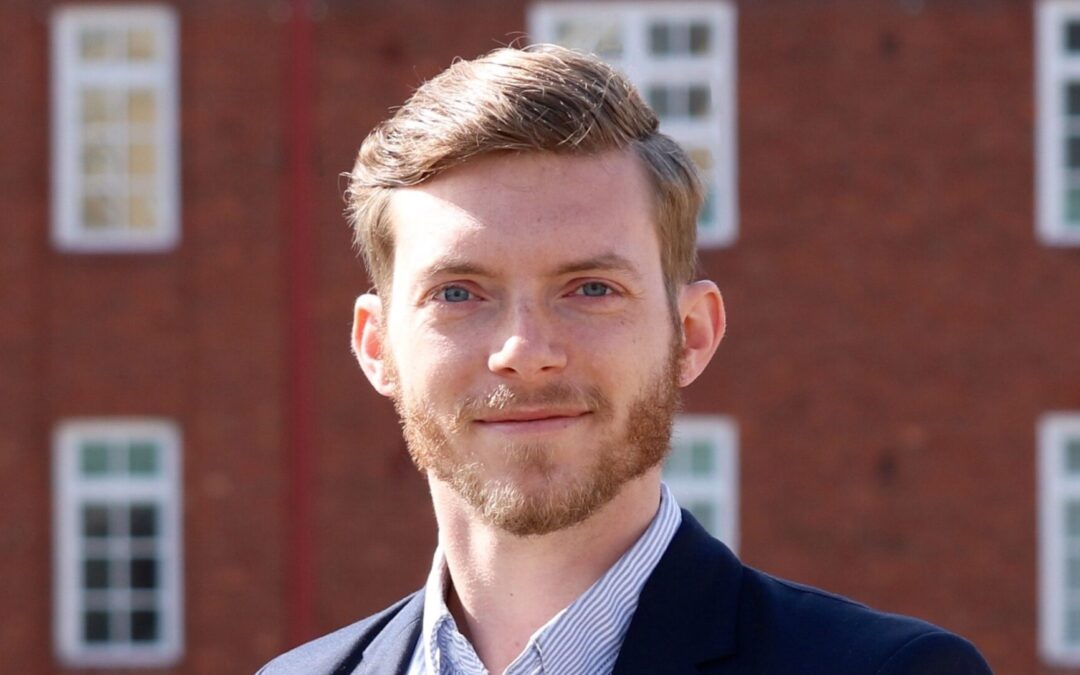Edward Becker is an architect and professor who will join Smithsonian students in Denmark this summer. Edward has lived, studied, and worked all over the world and is currently working on what he considers “the most fun projects an architect can have.” In this interview, learn more about Edward’s interests, insights, and why he’s excited to join Smithsonian students again in Denmark this summer.
What is your favorite book, movie, and/or tv show?
I am always reading, but I would not say I have a particular favorite book. I have so many books on my to-read list, that my house has become a library of sorts!
What are your hobbies/passions outside of work?
I enjoy being active. I am an avid cyclist, runner, and cross-country skier. I am usually in training for some competitive race or goal-oriented milestone. Denmark is one of my favorite places to road bike.
What are you most excited for students to experience on your program?
Denmark has long been a global leader in human-centered design, but the country is now also a global leader in sustainable urbanism and circular design. I am most excited for students to see and experience this level of design excellence.
What is the most significant challenge facing your field in the next five years?
The Growth/Reduction Paradox: Rapid urbanization globally, so vast amounts of new construction being needed, while at the same time a need to rapidly lower carbon emissions in the building sector. These items seem diametrically opposed, but architects and designers are regularly illuminating exciting solutions.
What is the most unexpected or surprising thing you have learned in your career?
Two things have been particularly impactful, both simple and obvious to some degree: (1) Humans operate via our DNA that is thousands of years old and as such we prefer and benefit from influences from ancient era—being surrounded by nature, not asphalt or computer screens, is better for us, for example; and (2) history has intelligence—some of the most ancient materials and construction systems hold the most promise for our future.
What are the top three trends that will impact your industry in the next year?
Bio-based materials; designing for disassembly; and circular construction.
What advice would you give to high school you?
Follow your passions, try new things, and “find the fun” in the work you do.
What is the most surprising architectural feature you’ve encountered while traveling?
I was working with Francis Kere, a Pritzker Prize winner, in Sahelian Africa in 2013. We were sweltering in the heat, and by moving inside the Gando school he designed, the temperature must have dropped about 40 degrees (F). The materials, siting, and geometry were brilliant and the building could not have been more perfect for its context.
Which city has surprised you the most with its urban design, and why?
Beijing. I worked for MAD Architects in Beijing and our office was located in the hutongs near the Forbidden City. The contrast between the ancient “hutong city” and the 28-floor cloned high-rises where I lived in the rapidly developing north was just astounding. The hutongs had a lot to teach me about successful urbanism and it was an incredible experience.

CopenHill
What architectural landmark would you recommend every high school student visit?
Of course there are many, but in terms of representing an ideal urban future, it’s a toss up for me between the Copenhagen Harbor Baths or CopenHill—both sites represent a sustainable urban future that every global city aspires to achieve, and the projects make evident that a sustainable future is more pleasurable and exciting than a non-sustainable past.
If you could design a building in any location on Earth, where and what would it be?
Fortunately, I believe that I am currently working on it, which is quite rewarding: a traditional Finnish sauna and summer home made of wood in an idyllic Finnish lake landscape—one’s own vacation home being perhaps one of the most fun projects an architect can have…
What advice would you give a high school student considering a career in architecture?
I like to remind my students and myself that sustainability is multi-faceted. Architects must consider environmental, social, and economic sustainability as they all relate to the design of a building. I focus in particular on the use of wood, mass timber, as a low-carbon design approach, but that is always in tandem with other strategies.
How do you incorporate sustainability and environmental consciousness into your architecture projects?
Architecture is a wonderful career because there are so many possible avenues one can take through the profession. In architecture school, you are trained to think strategically and iteratively, as well as work in dialogue with others. As such, you will have professional skills that can take you many places and are highly valued.
To learn more about our program in New York and Denmark, click here.

